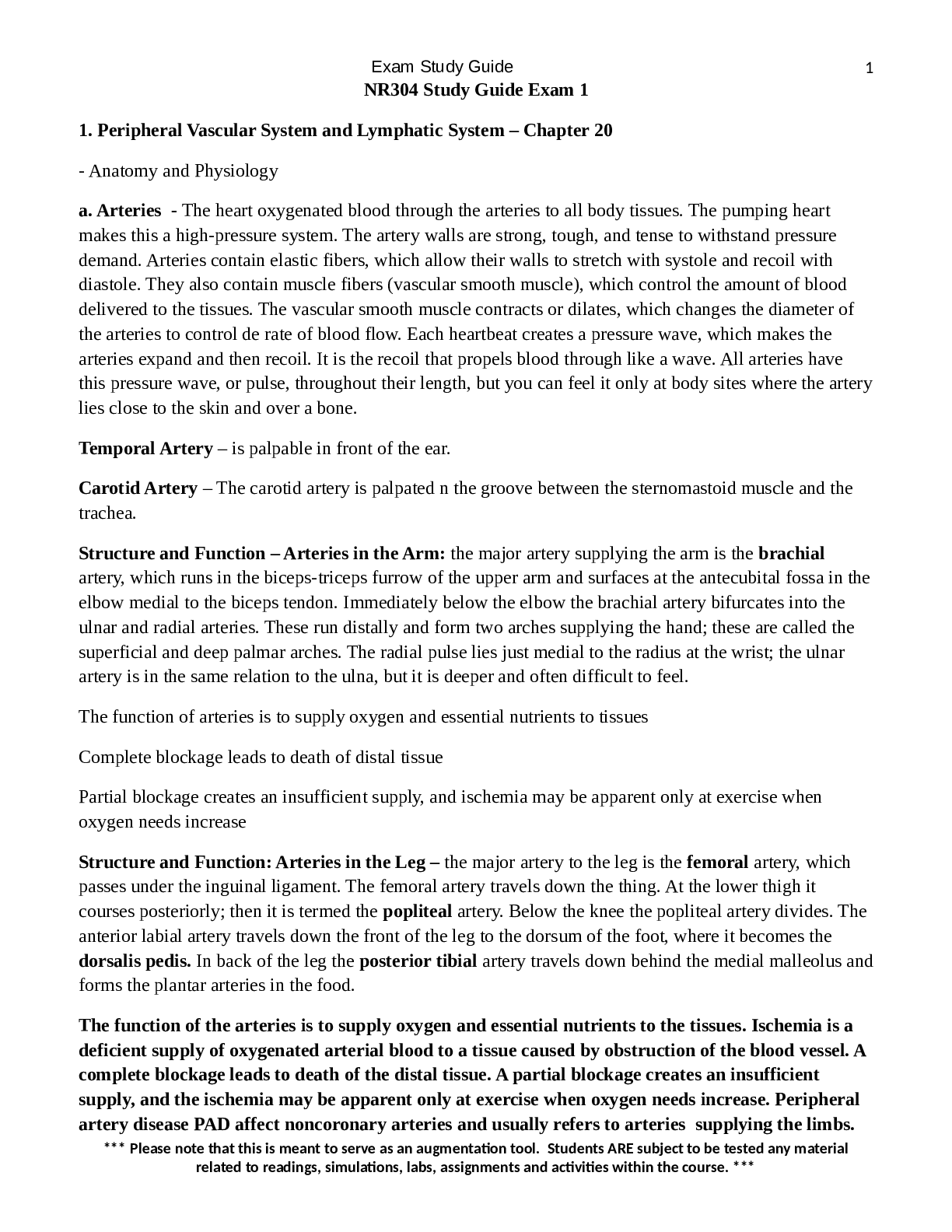Anthropology > STUDY GUIDE > ASM 275: Forensic Anthropology Exam 4 Study Guide Already Passed (All)
ASM 275: Forensic Anthropology Exam 4 Study Guide Already Passed
Document Content and Description Below
ASM 275: Forensic Anthropology Exam 4 Study Guide What are positive identification and individuation? • Final phase of forensic analysis • GOAL: Identify with high prob the exact identity of in... d. • Begin w/ info on sex, age, stature, ancestry • Add other info gleaned from skeleton Paleopathology: The study of ancient disease in skeletal remains Also focuses on mummified remains Pathology: Know the three ways pathology affects bone and the terms lytic, osteoclastic, and osteoblastic Pathology affects bone in 3 ways: 1. Excess osteoclastic activity produces lytic lesions Osteoclasts: Bone cells responsible for removal of bone from body 2. Excess osteoblastic activity produces proliferate lesions Osteoblasts: create new bone 3. Abnormalities of shape produces by both lytic and proliferative processes Lytic lesion on distal end of humerus, cavitation in joint surface, holes are pores due to exposure of underlying trabecular bone Proliferative legions (Maxillary sinusitis): little additions of bones that look like spider webs; body responded to disease by activating osteoblasts and creating new bone Left: Woven bone to some sort of systemic infection Right: Excess piece of bone, may be traumatic in origin What is it? How is it useful to forensic anthropologists? 1. Can be confused with perimortem trauma (fusion defects-bones don’t fuse correctly in adulthood) 2. Can be confused with postmortem taphonomic alterations 3. Can provide information on life course experience of individual- healthy of unhealthy life? 4. Can provide info on socio-economic status (poor health) based on patterning of disease 5. Therefore, #3 & #4 (disease pathology) can lead to positive identification Pathological conditions disease processes that affect bone (MOST DO NOT!) Past patterns of trauma = occupations, social economic status, work-related injuries Diet and health conditions- generalized stress level that could be related to socio economic status Congenital disease malformations- born with them, should be medically documented, ID and individuation Infectious diseases (communicably diseases that you catch from contact with others)- health, medical history Rare bone diseases- geographic origin What can past patterns of trauma tell us about the individual? • Shows occupational, social economic status, work related injuries Osteoarthritis: degenerative joint disease Results from break down of joint capsule do to overuse, can be linked to certain types of activities 3 Skeletal Manifestations: 1. lipping of joint surface (osteophytes) 2. porosity of joint surface (little holes seen on surface of joint) 3. eburnation, polishing of joint surface: results from bone on bone contact [Show More]
Last updated: 1 year ago
Preview 1 out of 90 pages
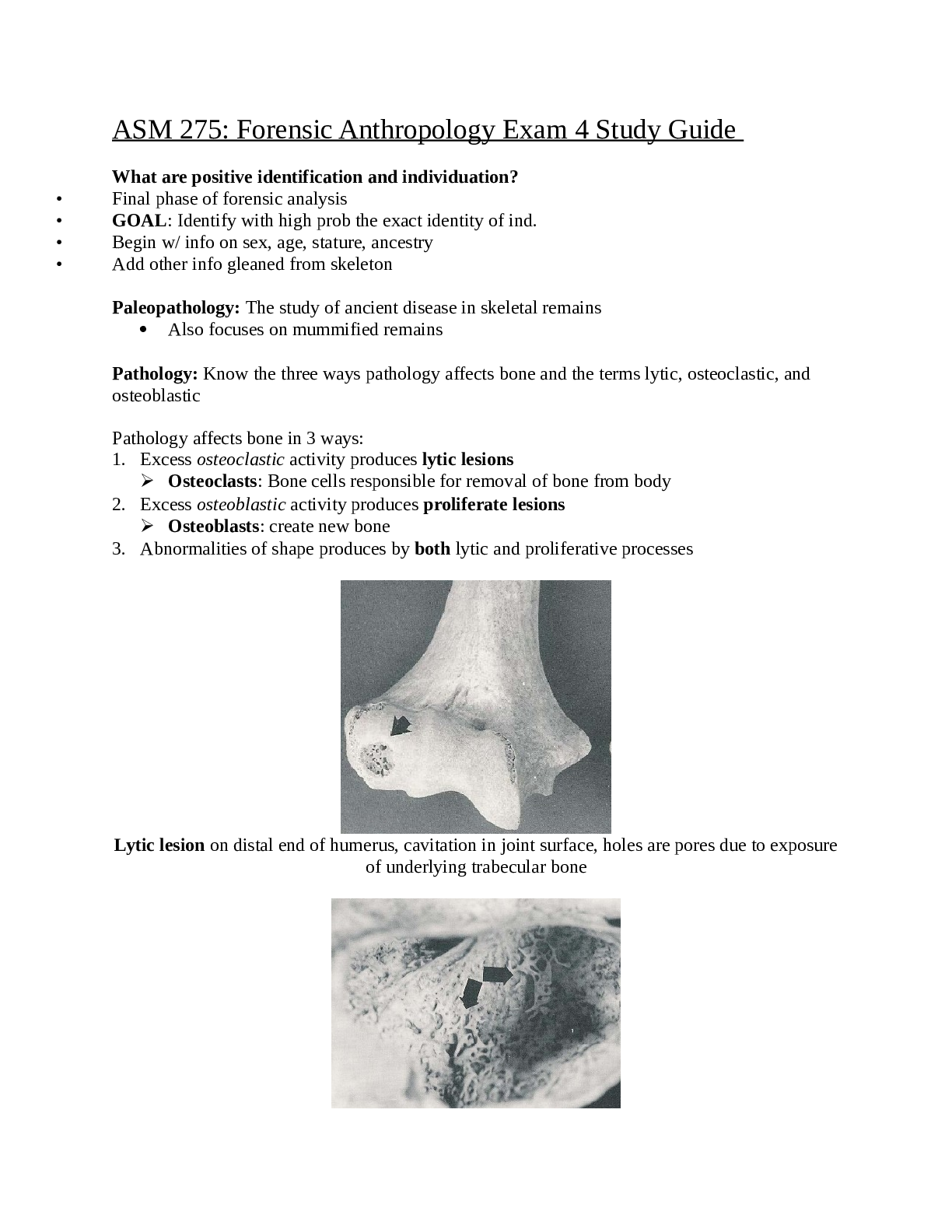
Reviews( 0 )
Document information
Connected school, study & course
About the document
Uploaded On
Mar 26, 2022
Number of pages
90
Written in
Additional information
This document has been written for:
Uploaded
Mar 26, 2022
Downloads
0
Views
59



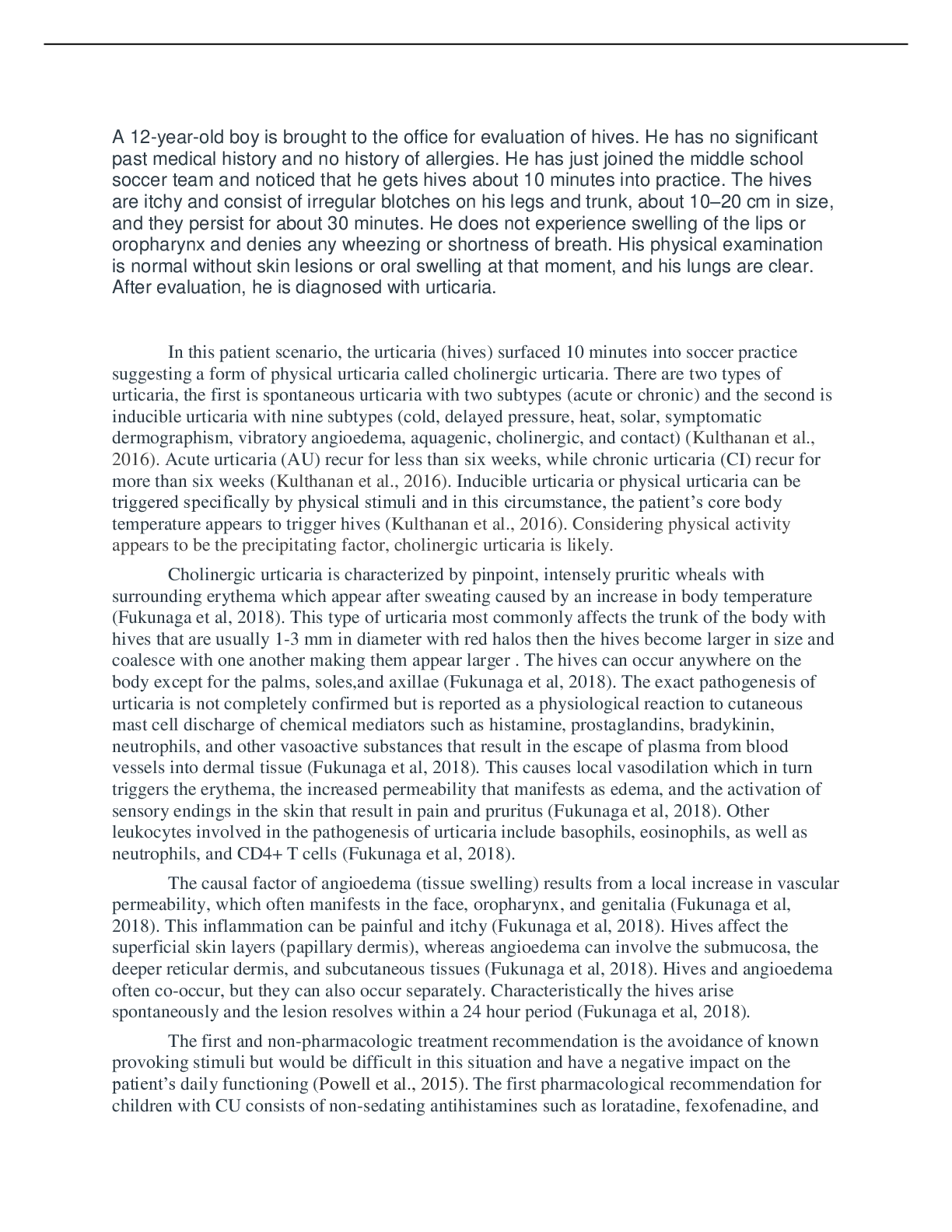
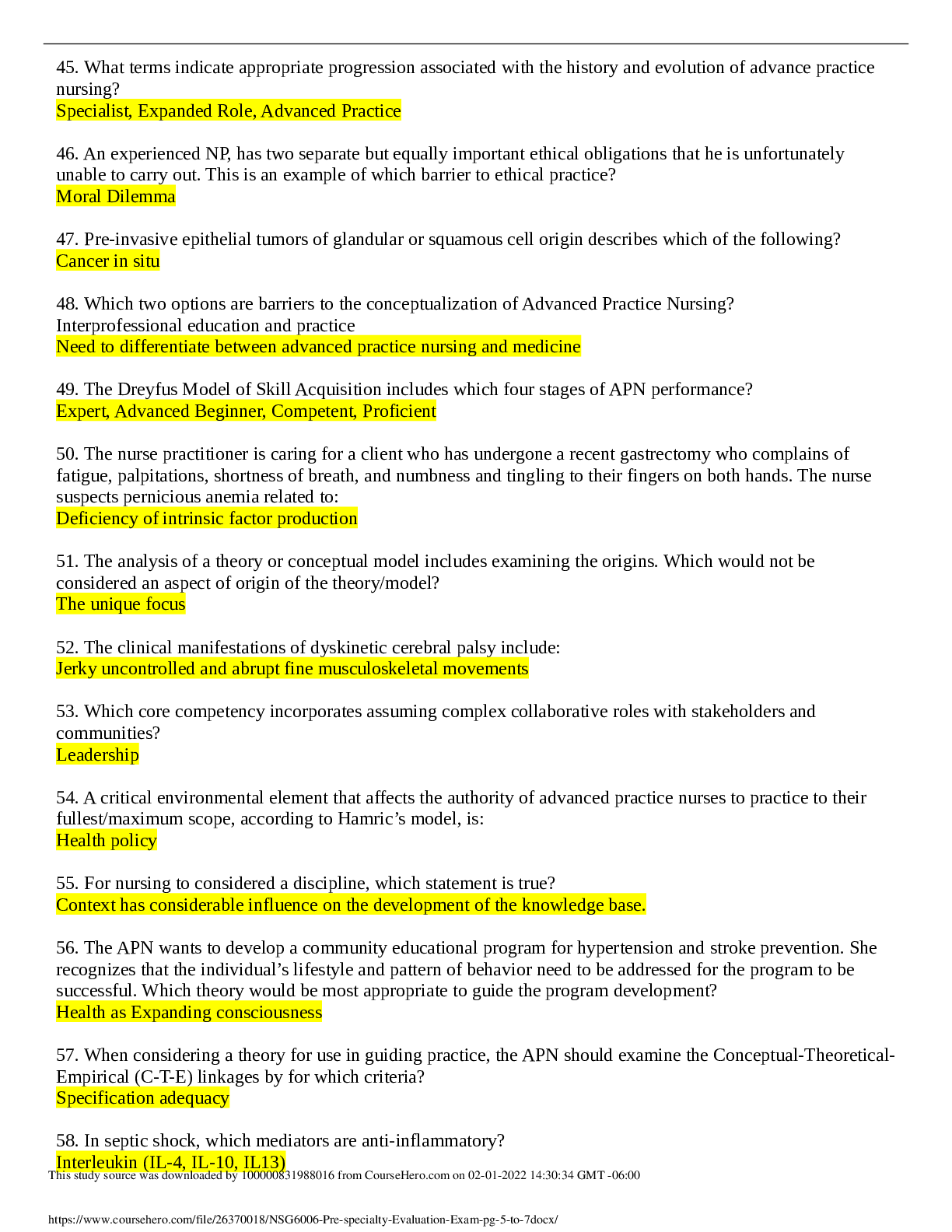





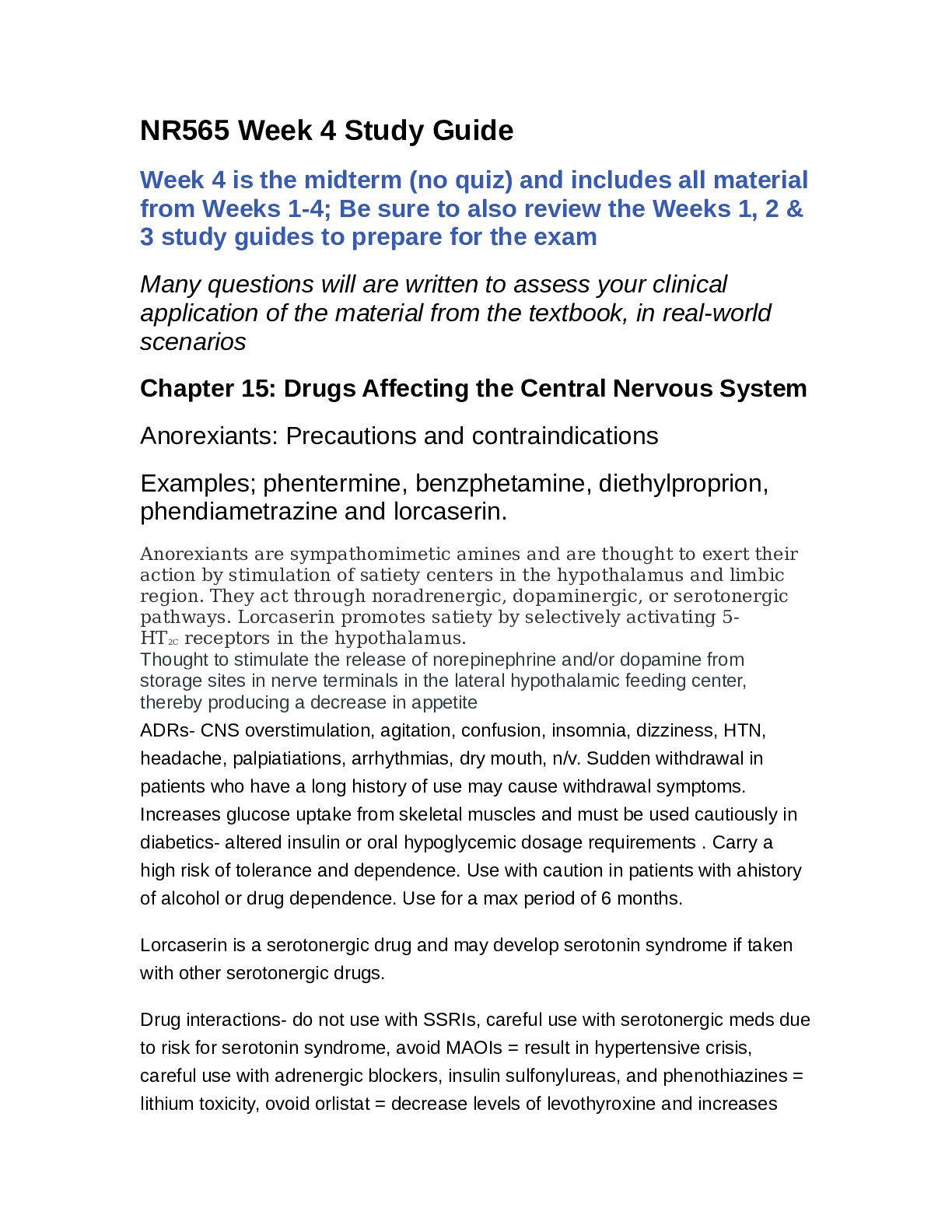
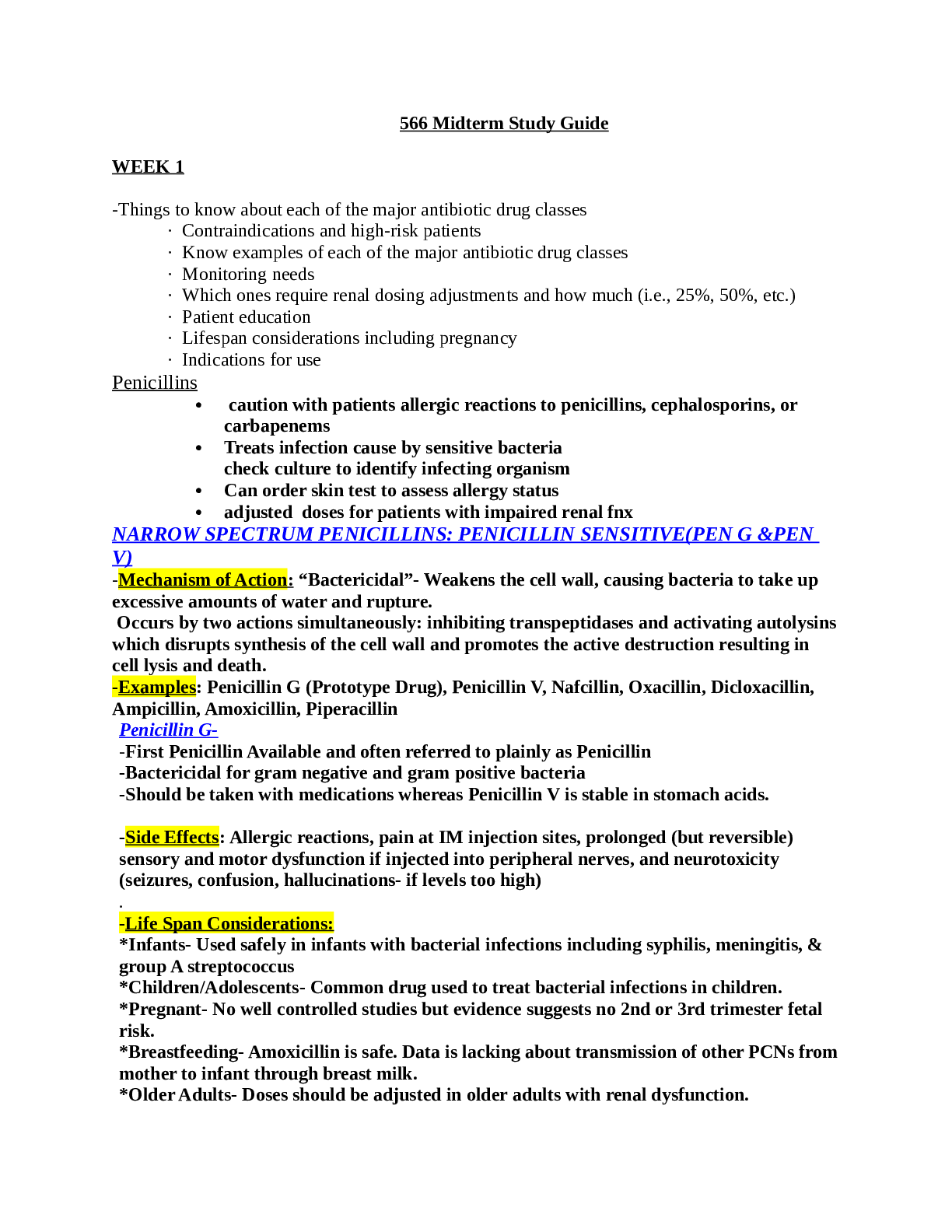


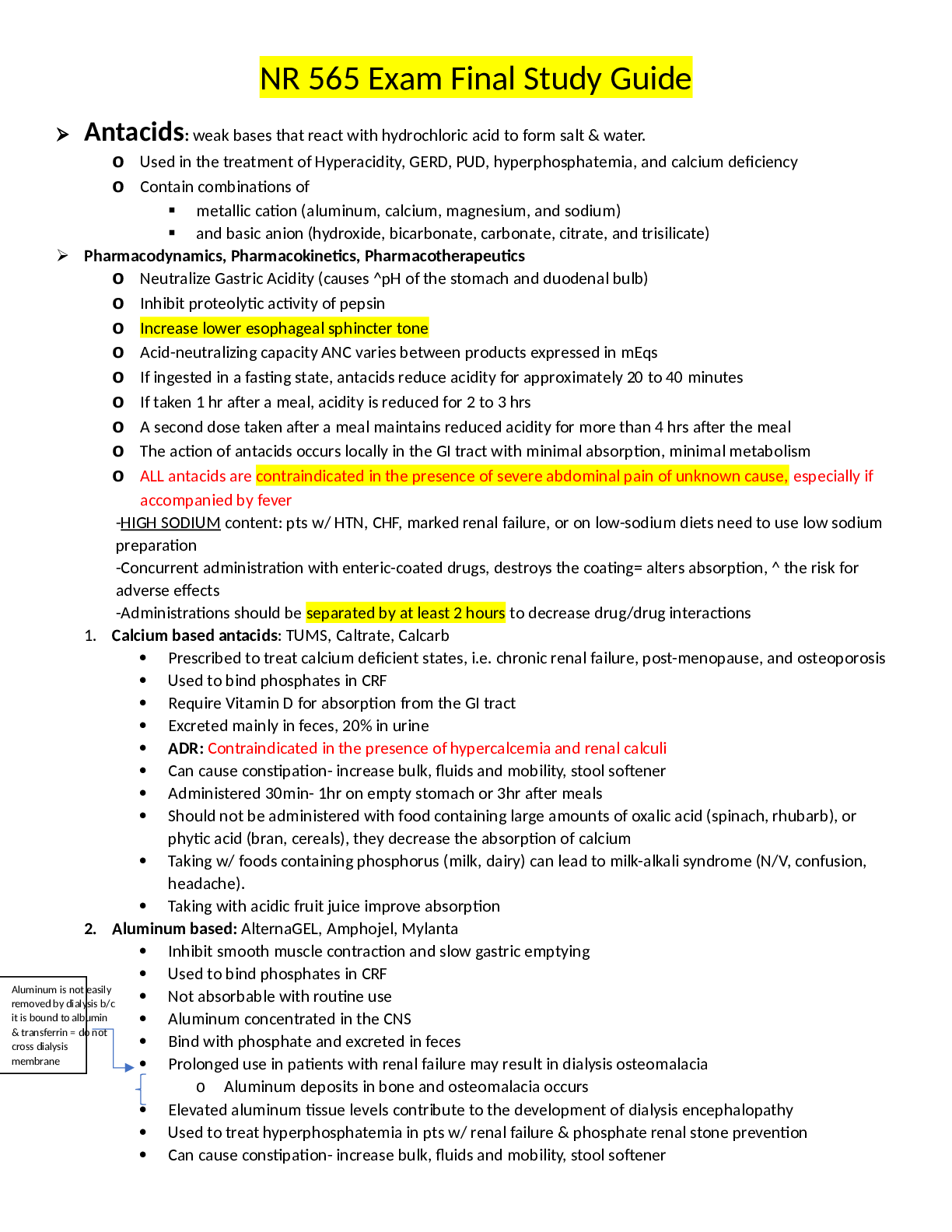


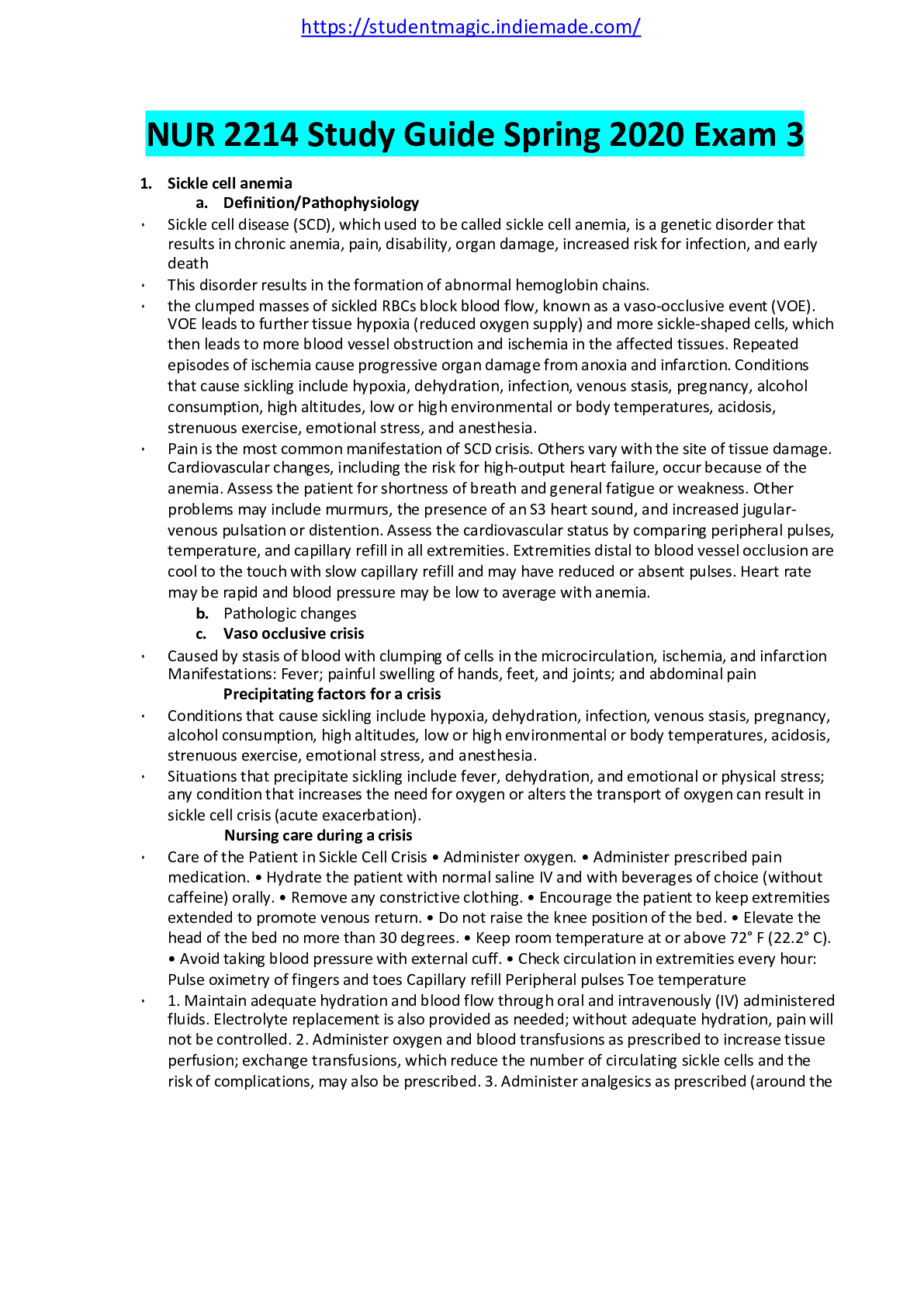

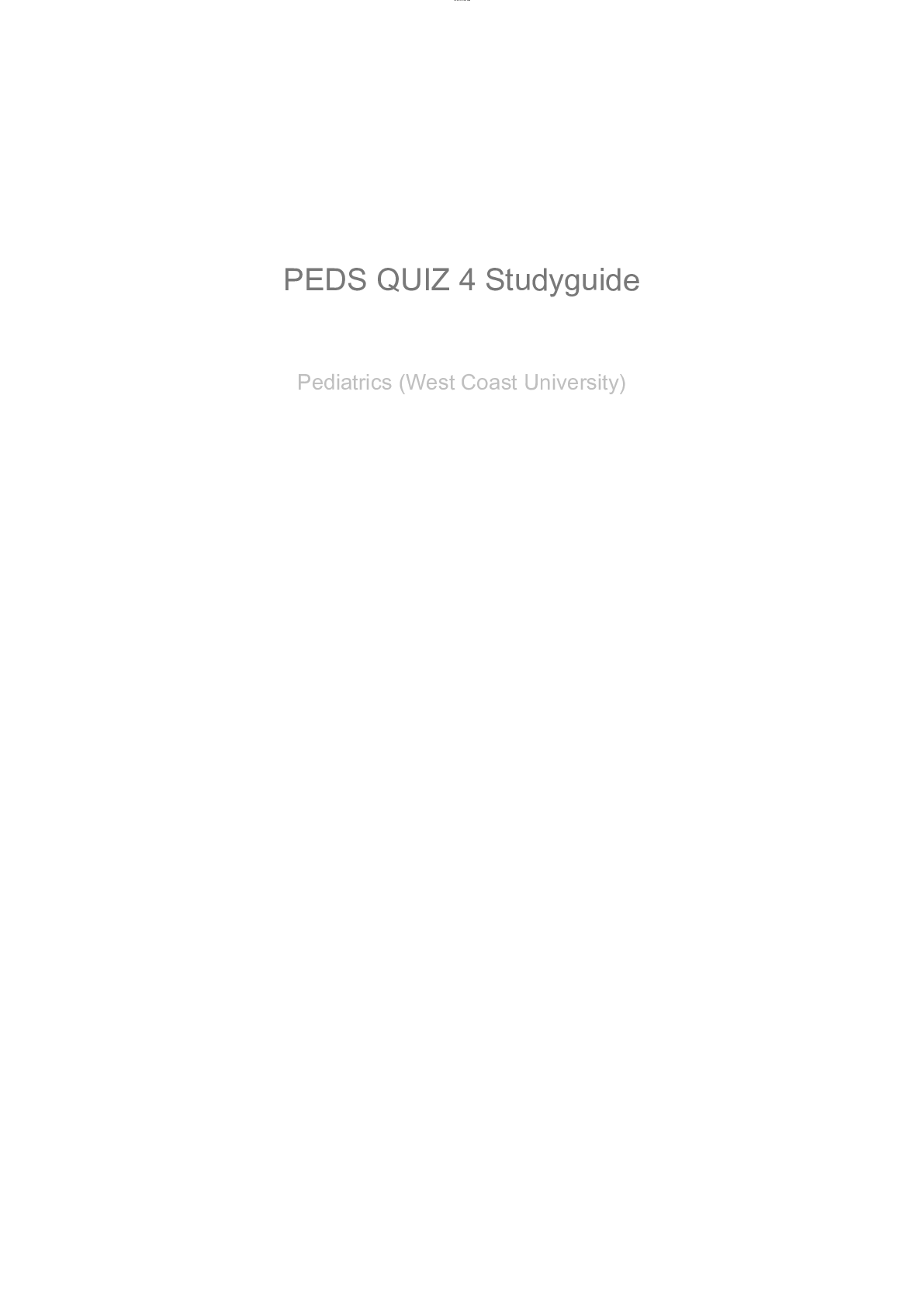
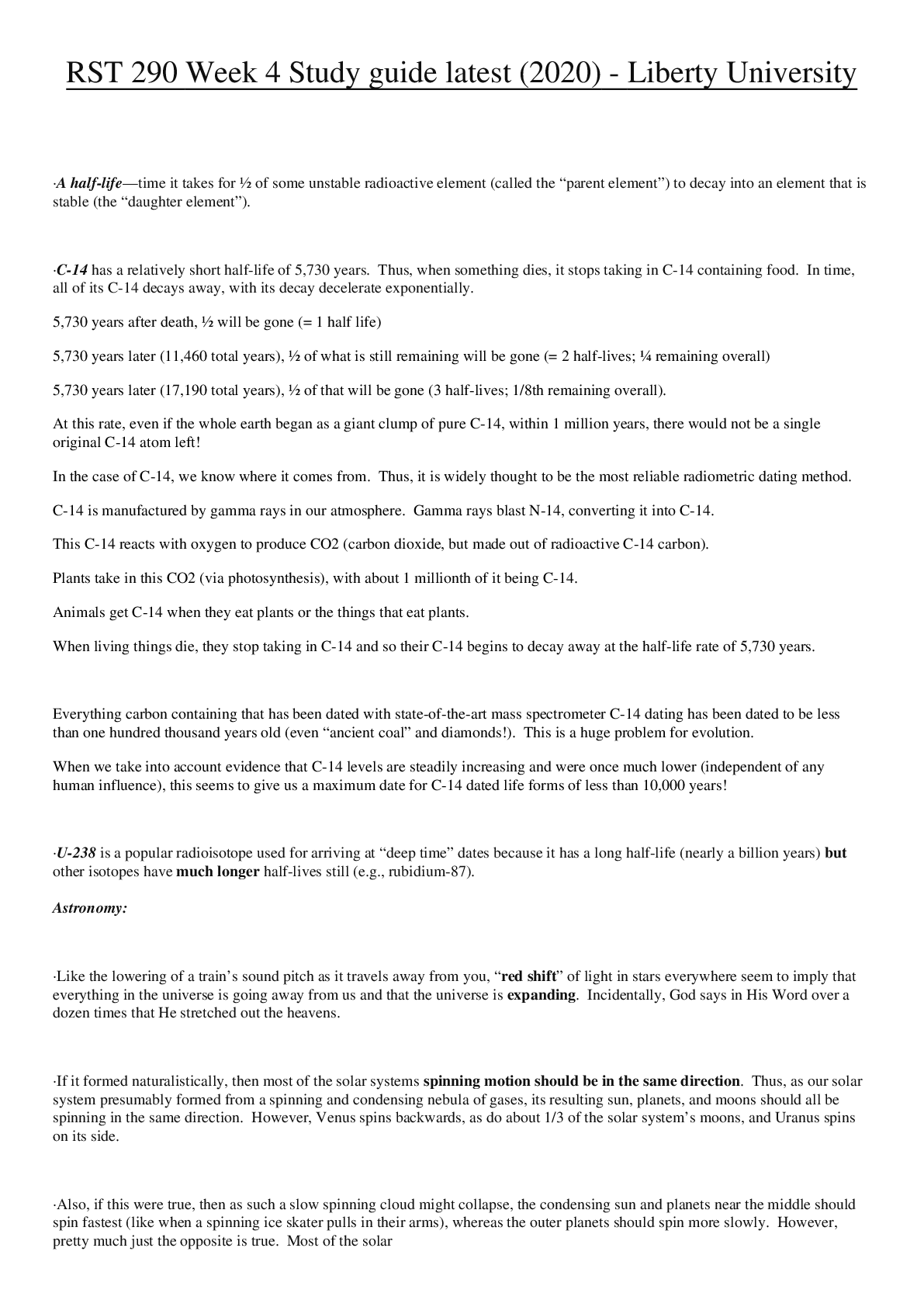

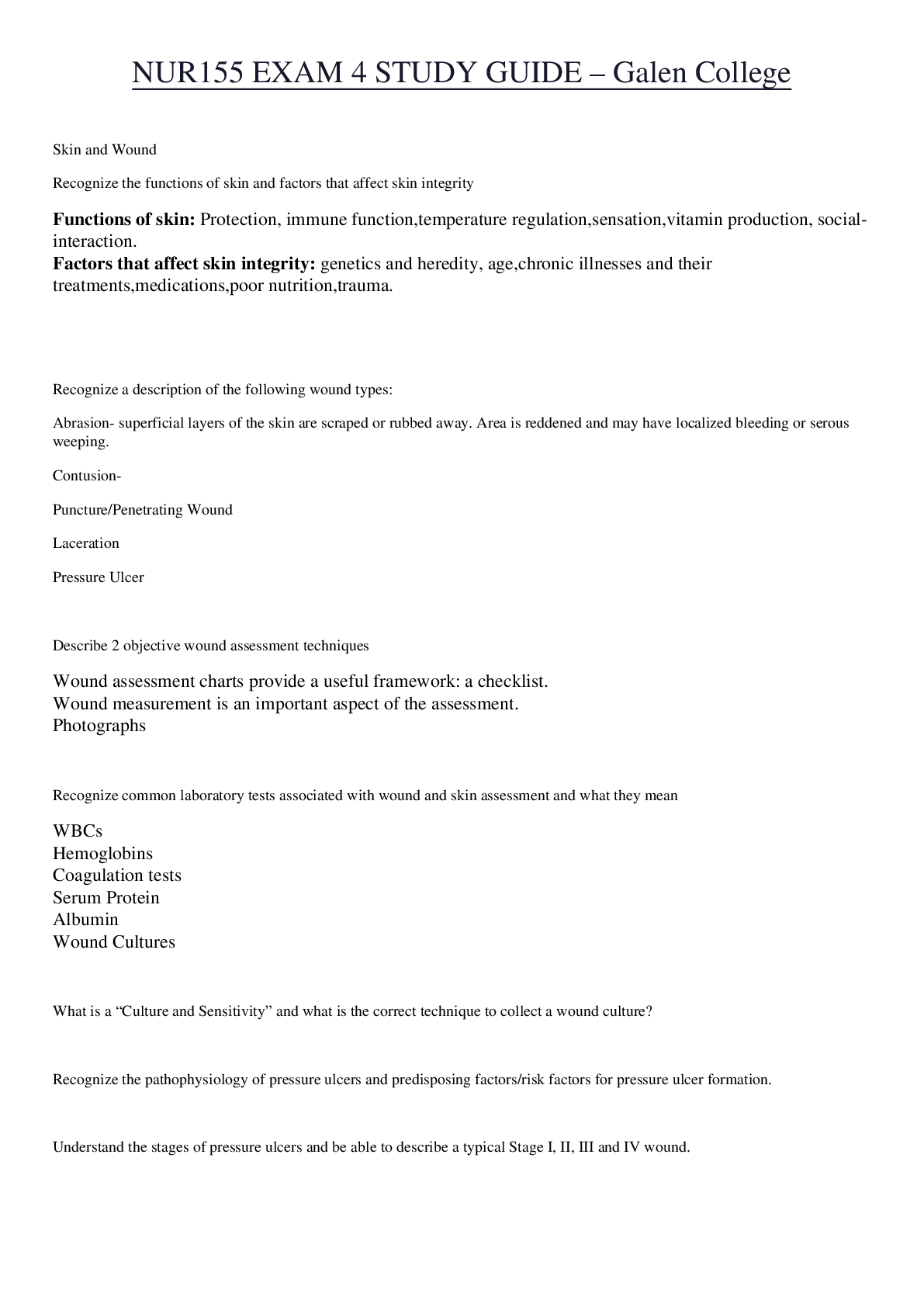
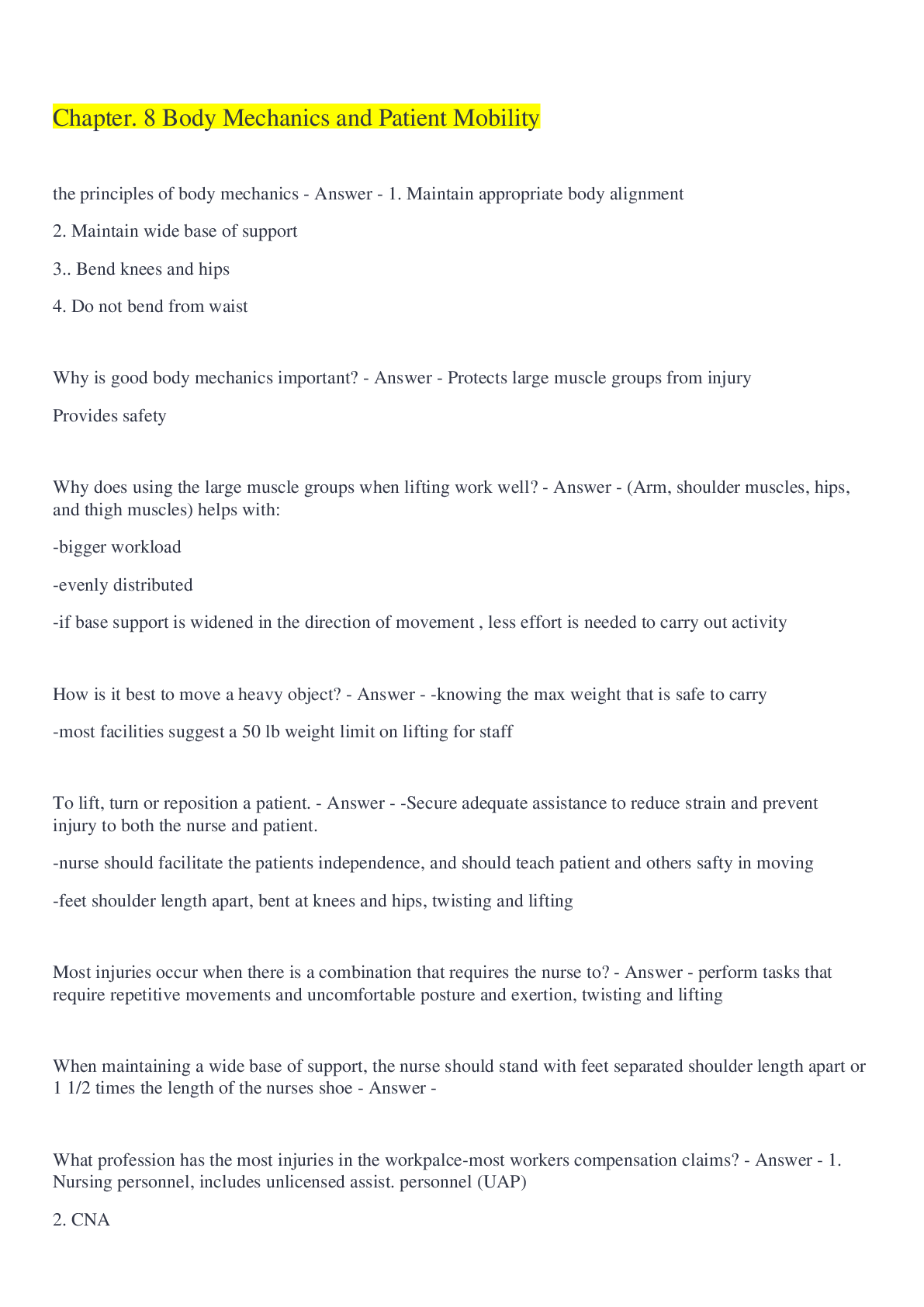

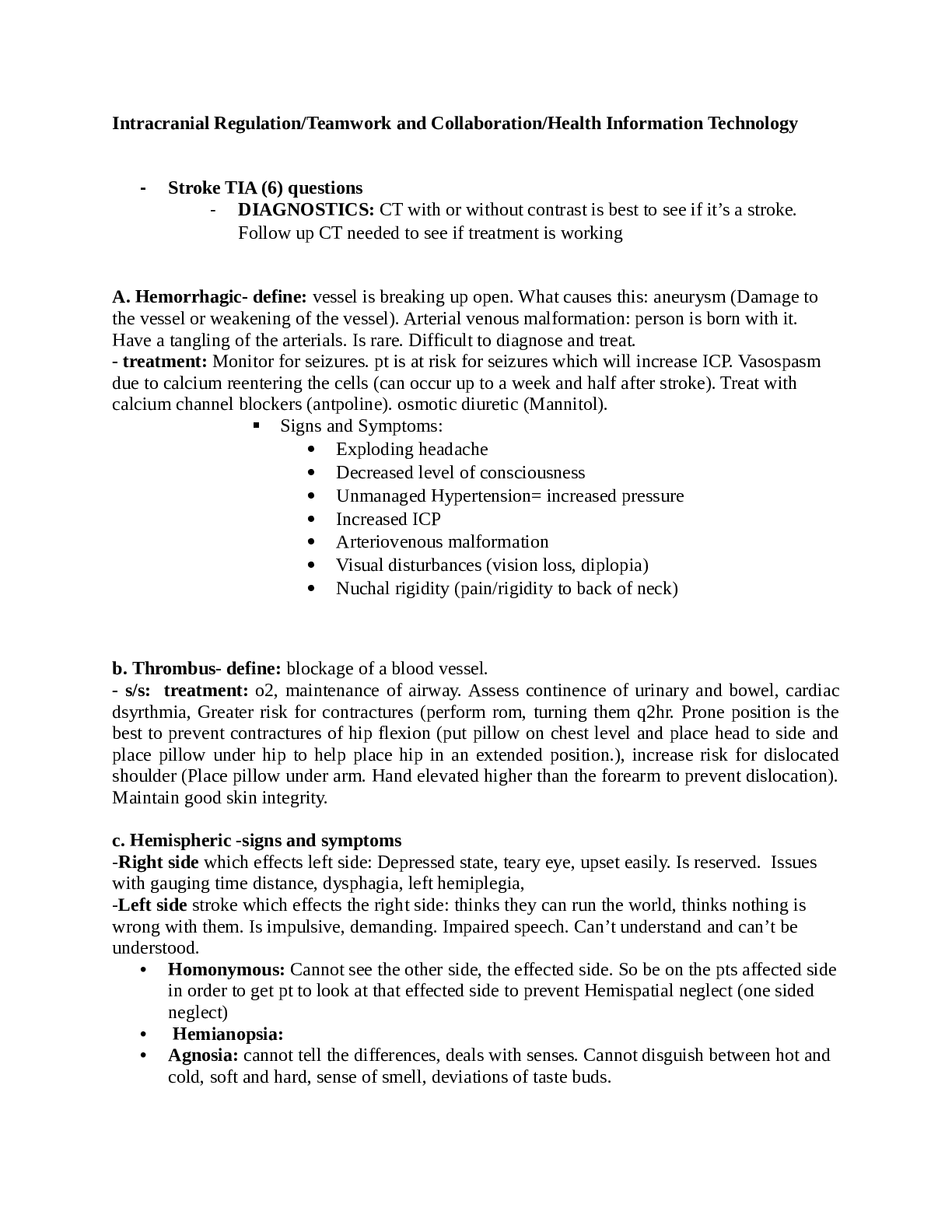
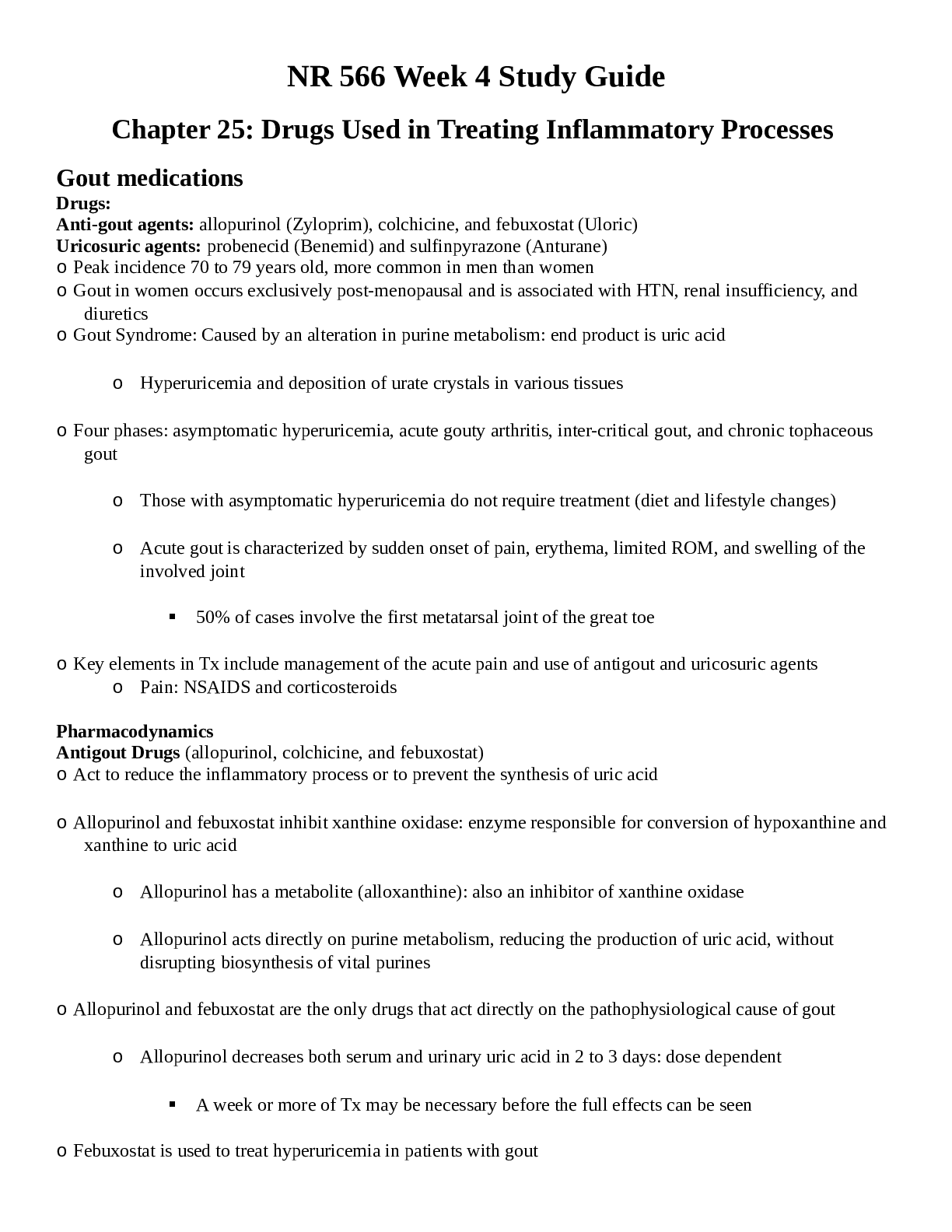
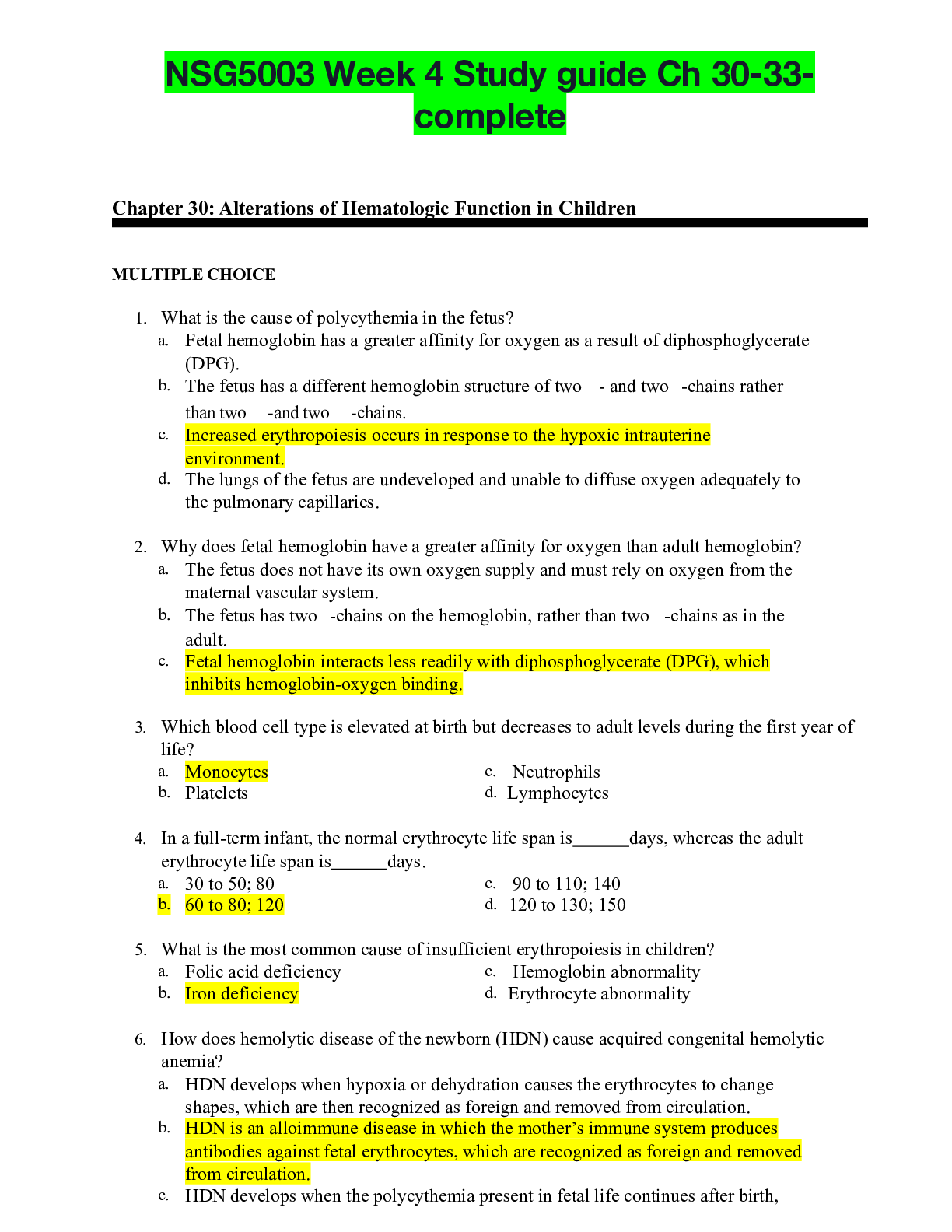

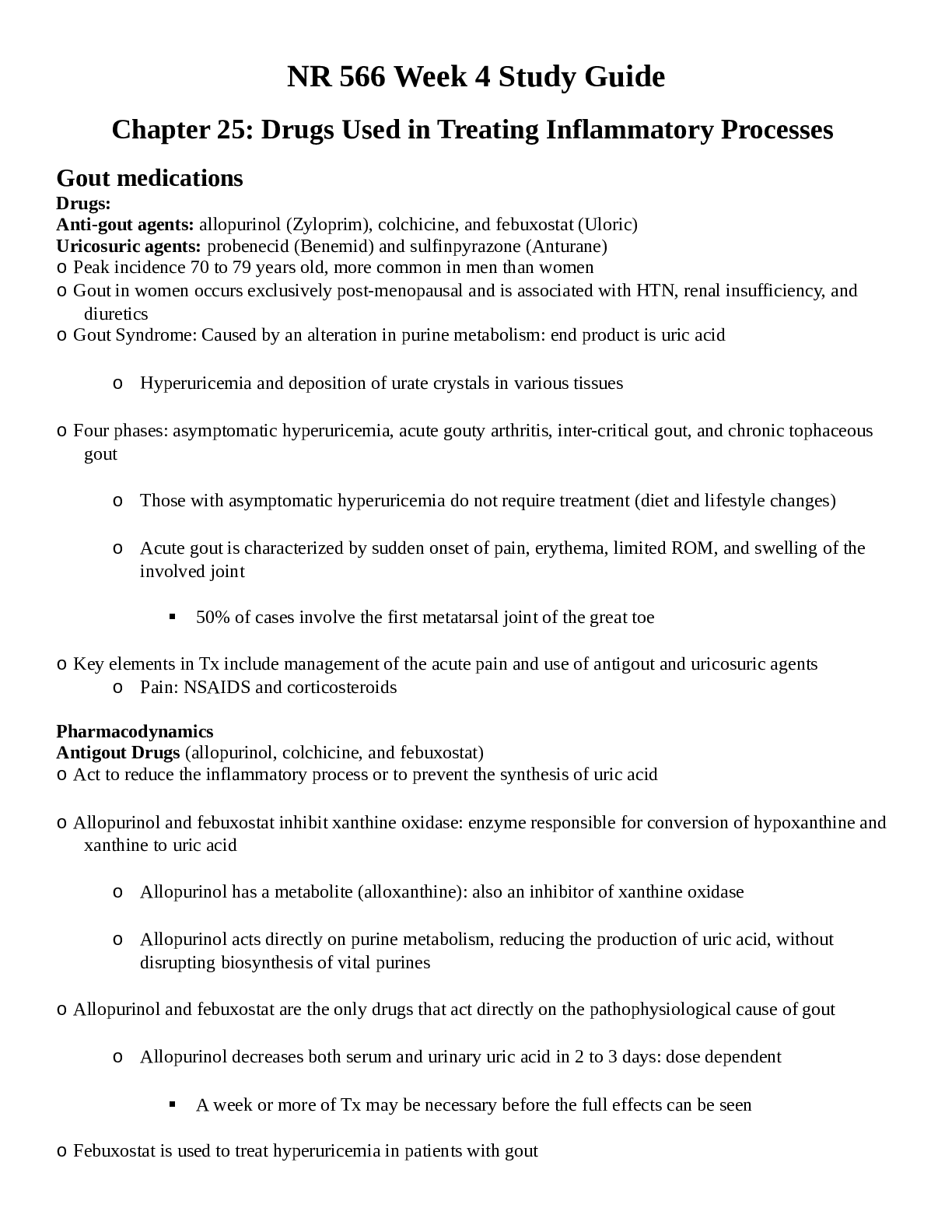
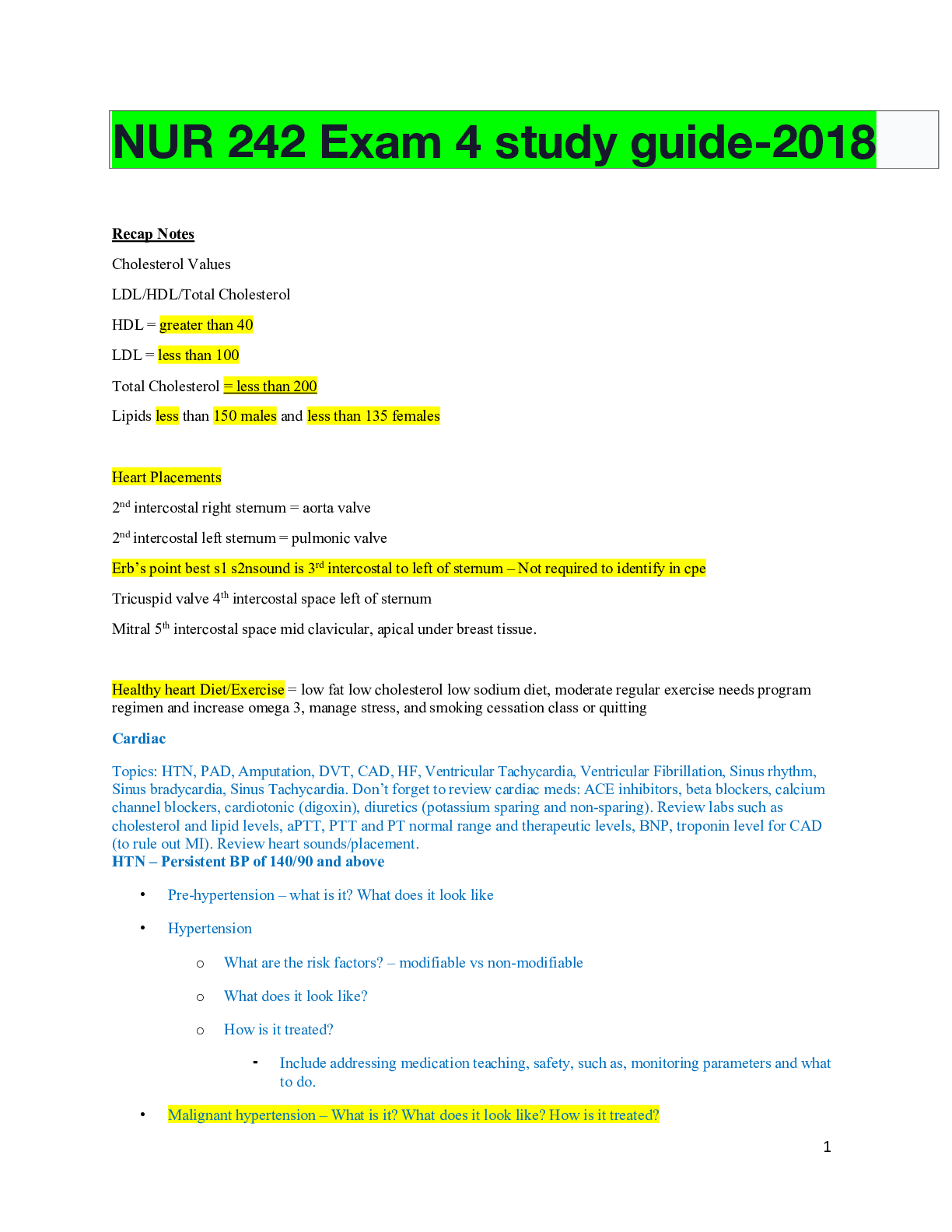
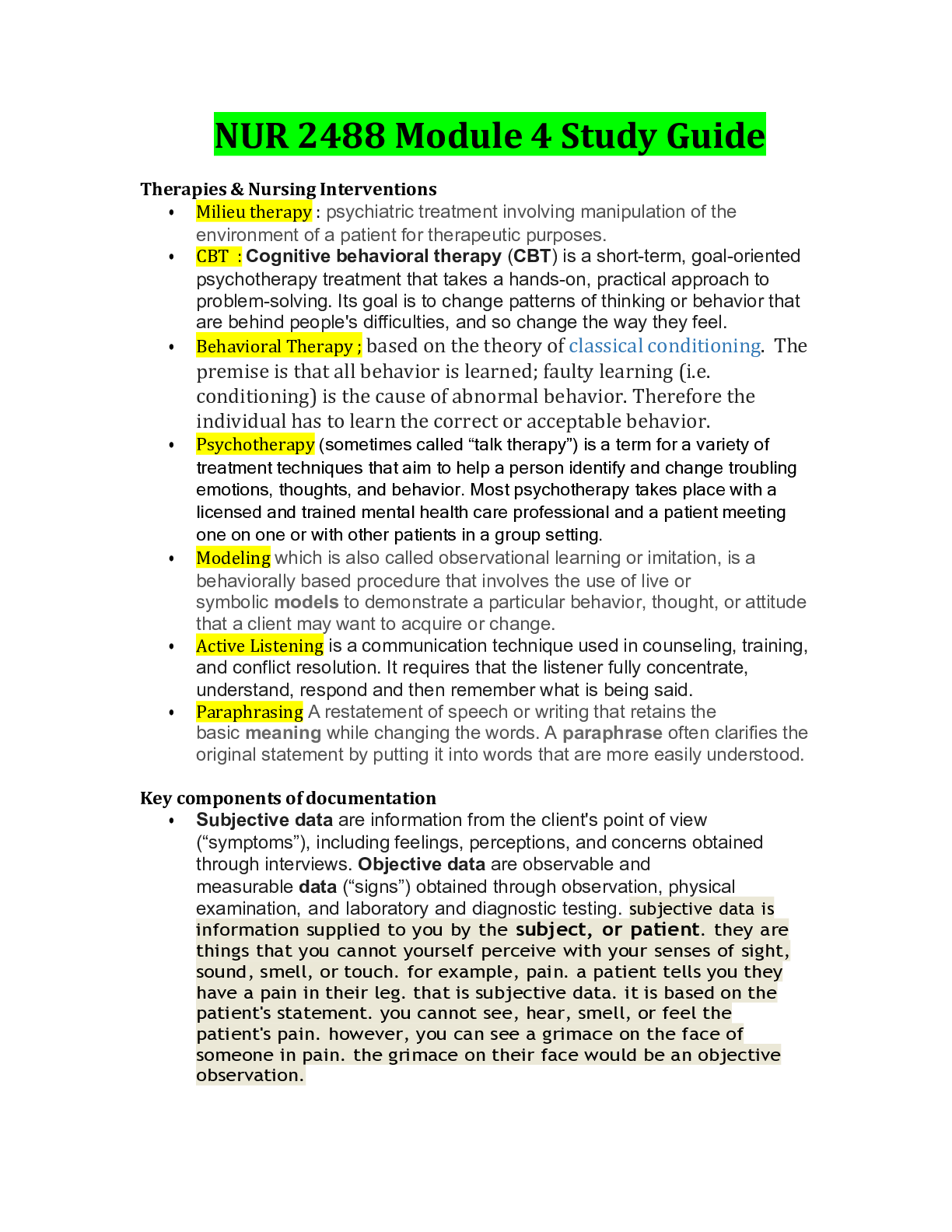

.png)
